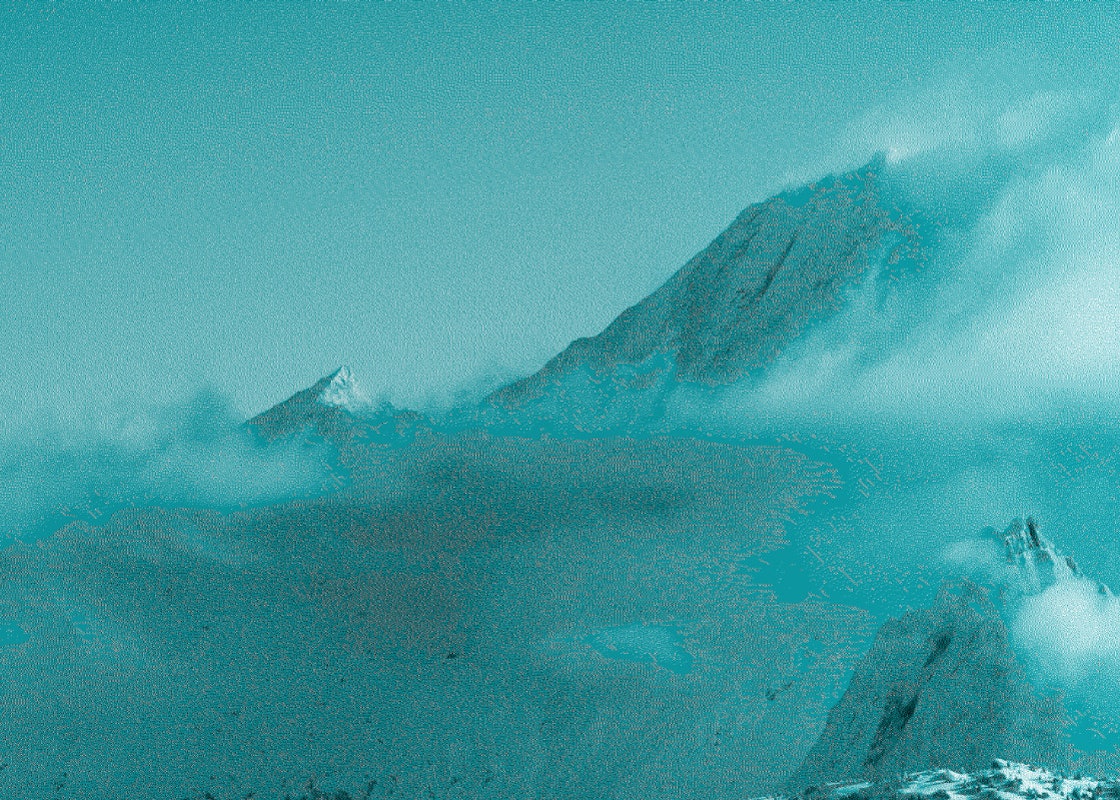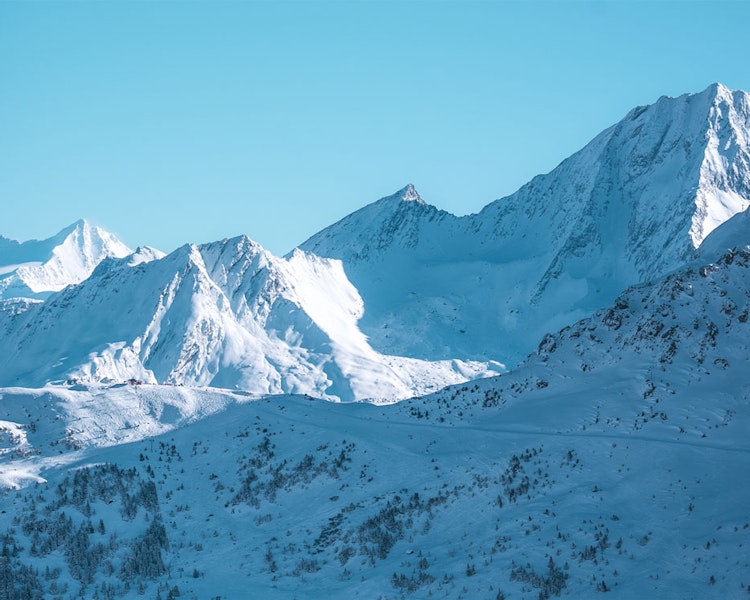
What to pack for your first ski trip? The ultimate packing checklist
First time skiing: the complete checklist for packing without forgetting anything
Between the vagaries of the weather, the equipment you need to rent or buy, and the things you mustn't forget, it's easy to feel overwhelmed. Luckily for you, this complete checklist will guide you step by step. From wetsuits to thermal socks, from energy bars to chains for the car, you'll be ready for anything, even après-ski.
Here are the main elements to prepare for a memorable stay:
Essential technical equipment and clothing for skiing (coveralls, thermal underwear, waterproof gloves) ;
Essential accessories for safety and comfort on the slopes(helmet, ski mask, sun cream factor 50) ;
Personal items for après-ski and to ensure your stay runs smoothly(warm evening wear, bathing suit for the spa, complete toiletries).
Checklist recap: what to pack for your ski trip
Skis
Ski boots
Sticks
Headset
Shovel, probe, avalanche transceiver (freeride) or cross-country skis
Ski jacket
Ski pants
Under-jacket or fleece
Technical and breathable T-shirt
Technical underwear
Ski socks
Waterproof ski gloves
Bonnet and/or headband
Neck warmer and/or scarf
Accessories:
Ski mask
Sunglasses UV4
Rucksack
Gourd and/or isothermal bottle
Sun cream
Protective lip stick
Energy bars and/or dried fruit
Portable charger and/or Batteries
Camera and/or GoPro
Padlock
First aid kit:
Dressings, bandages, compresses
Disinfectant
Antiseptic
Painkillers (paracetamol, etc.)
Aches and pains cream
Paper handkerchiefs
Toothbrush and toothpaste
Soap, shower gel, shampoo
Deodorant
Moisturizing cream
Toiletry bag (make-up, shaving)
Comb, brush, nail clippers
Books and/or bookcases and/or magazines
Camera and/or GoPro
Sportswear and/or casual wear
Snow chains
ID/Driver's license
Means of payment (card, cash...)
Mutual Insurance Card
Reservation receipts
Spare glasses and/or lenses
What to bring in terms of clothing ?
The secret to staying warm on the slopes is three-layer technique. Layering technical garments helps regulate your body temperature and keep you dry.
The under-jacket (or fleece)
Under the ski jacket, the fleece or down jacket acts as an intermediate layer. It keeps you warm without suffocating you. Easy to remove in milder weather, it prevents excessive perspiration while insulating against the wind.
Underwear and underlay
Say goodbye to classic cotton! It's all about technical T-shirts and leggings moisture-wicking properties. These thermal undergarments keep the body warm and dry while limiting the risk of cold snaps.
Ski gloves and under-gloves
Indispensable waterproof gloves provide effective protection against cold and damp. For even greater comfort, add ultra-thin gloves in silk or synthetic materials: an additional thermal barrier for warm hands.
Ski helmets
Helmets protect against impacts, even on easy trails. Helmets are now easy to rent or buy at low prices. They remain an essential safety feature, even for adults.
The winter bonnet
Before or after skiing, keep your head nice and warm with a thick hat or headband. The cold attacks the head first!
Warm socks
Avoid classic socks that are too thin or too short. Instead, opt for thick, high-cut ski socks that prevent blisters and keep your feet warm all day long.
Neck warmer (or scarf)
A tubular neck warmer or scarf protects the neck from the cold, wind and sun at altitude. Practical, it keeps snow out of the jacket and prevents sore throats.
Read other articles: Prepare to get back on the slopes with peace of mind
Must-have accessories and smart tips
Certain accessories are indispensable for improving your daily comfort:
A lightweight backpack to carry all you need
An isothermal bottle or a gourd to stay hydrated
A high factor sun cream and a lip balm for protection from sun and wind
From paper tissues
A first-aid kit (see details: what to pack in my first-aid kit)
From energy bars or dried fruit for a snack
Your ski pass your identification and a copy of your insurance policy
A spare pair of socks
A phone charger or an external battery
From emergency glasses if you wear contact lenses
A camera or a GoPro
Packing your first-aid kit with the essentials will save you a lot of hassle in the event of a boo-boo or minor problem. Start with bandages of various sizes and a few strips to treat cuts and blisters. Add disinfectant, such as antiseptic spray or wipes.
Remember to take paracetamol or ibuprofen to soothe a fever or headache. Don't forget compresses, adhesive plasters and a small pair scissors (airplane format if possible).
For the mountains, take gel or cream to relieve aches and pains, useful after a day on skis. Don't forget the sugar sachets or a cereal bar if you tend to feel faint at altitude.
To feel good on the slopes as well as at the chalet, your toiletry kit should be simple but complete:
Toothbrush and toothpaste (in carrying case)
Soap or shower gel
Shampoo (travel size if possible)
Comb or hairbrush
Deodorant long-lasting
Sun cream index 50 (essential at altitude)
Protective lip balm (against cold and wind)
Moisturizing cream for face and hands
Make-up bag or shaving kit according to your needs
Fragrance in small format (or refillable bottle)
Because we don't spend all our time on the slopes, you'll also need something to occupy your evenings and moments of rest. Here are a few ideas!
Your books
After a good day's skiing, there's nothing better than immersing yourself in a good book. So take along a compact novel, a e-reader or a few magazines, perfect for breaks on the terrace of one of the resort's high-altitude restaurants, or evenings in the warmth.
Your games
To share moments of laughter with family and friends, think of games!Cards, dobble, pocket board games or small dice are so many easy-to-carry options. They'll work wonders in the evenings, over hot chocolate or an aperitif.
Accessories for your passions
You like drawing, photography or running even in winter? Pack accessories such as notepads, cameras and sportswear.
Don't forget your fishing rod if you're coming in summer!
Winter chains for your car
Visit chains are mandatory in winter, especially in the ski resorts. They ensure safety on snow-covered roads and will be required to access your accommodation, especially if Mother Nature decides to cover it all in her lovely white coat!
Last but not least: essential documents
You'll need to prepare a printout or digital backup of your reservation receipt, ID, driver's license (if you're taking the car) and insurance card to avoid any worries.
Make sure you have everything you need to pay (credit card, checkbook, a little cash for small purchases and your health insurance card). A copy to your phone can save the day in the event of a loss; it's better to plan ahead!






